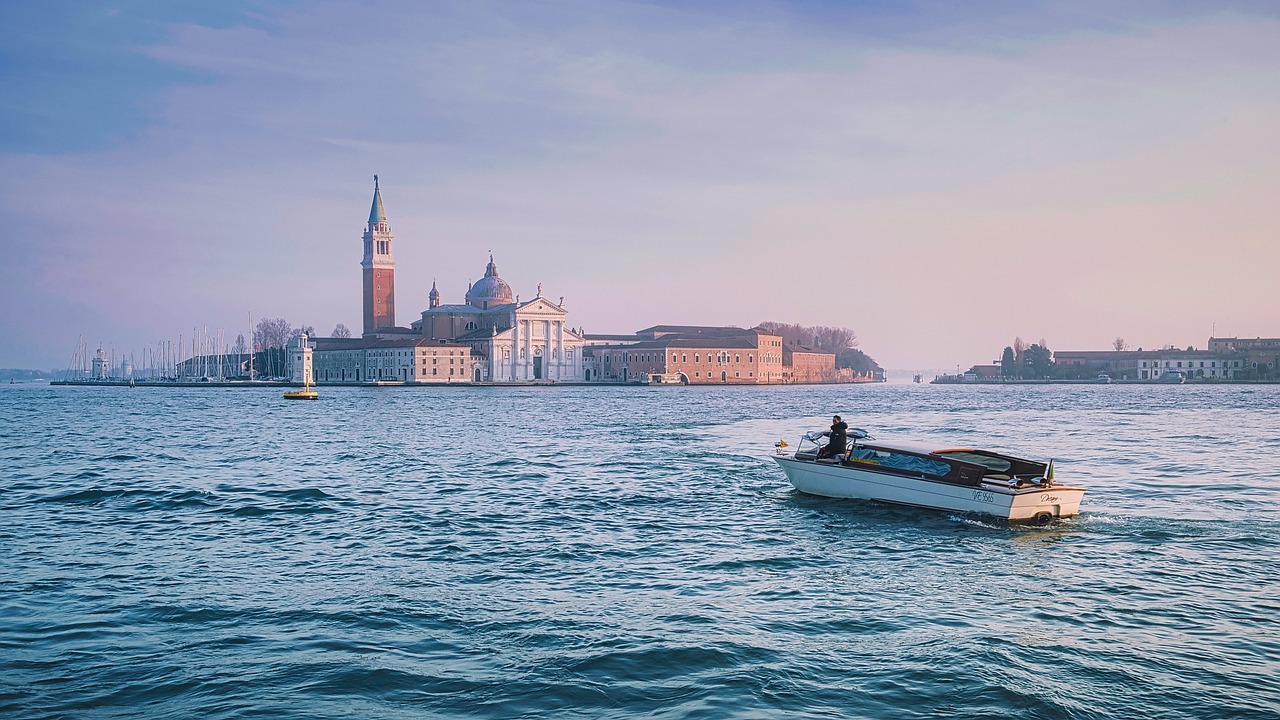Introduction
Peru’s Sacred Valley, nestled between Cusco and Machu Picchu, is a region rich in history, tradition, and vibrant cultural expressions. This journey delves into the heart of Andean culture, exploring the music, dance, and artisanal crafts that define the region.
The Melodies of the Andes
Music is integral to Andean culture, with traditional instruments like the charango, quena, and zampona producing hauntingly beautiful melodies. Attending local festivals or community gatherings provides an opportunity to experience:
- Live Performances: Musicians playing age-old tunes that narrate tales of love, nature, and resistance.
- Dance Traditions: Participating in dances like the Huayno, characterized by intricate footwork and colorful attire.
These performances are not just entertainment; they are expressions of identity and communal memory.
Artisanal Crafts: Weaving Stories into Fabric
The Sacred Valley is renowned for its textile traditions. Visiting weaving cooperatives in towns like Chinchero or Pisac allows travelers to:
- Observe Techniques: Learn about backstrap loom weaving and natural dyeing processes.
- Understand Symbolism: Discover how patterns represent agricultural cycles, cosmology, and social status.
- Support Artisans: Purchasing handmade textiles directly supports local economies and preserves cultural practices.
Engaging with artisans offers a tangible connection to the region’s heritage.
Culinary Delights: A Taste of Tradition
Peruvian cuisine in the Sacred Valley reflects a fusion of indigenous ingredients and techniques. Participating in cooking classes or communal meals introduces travelers to:
- Staple Dishes: Preparing pachamanca, a traditional dish cooked underground with hot stones.
- Local Ingredients: Exploring markets filled with quinoa, potatoes, and exotic fruits.
- Culinary Stories: Understanding the cultural significance of food in rituals and daily life.
Food becomes a medium through which culture is experienced and appreciated.
Sustainable Engagement and Respectful Travel
When engaging with local communities, it’s essential to approach with respect and mindfulness. Travelers are encouraged to:
- Seek Authentic Experiences: Opt for community-led tours and workshops.
- Learn Basic Quechua Phrases: Demonstrating effort in communication fosters goodwill.
- Be Mindful of Impact: Support initiatives that prioritize cultural preservation and environmental sustainability.
Responsible travel ensures that cultural exchanges are mutually beneficial.
Conclusion
The Sacred Valley offers a rich tapestry of cultural experiences that invite travelers to connect deeply with Andean traditions. Through music, art, and cuisine, visitors gain insights into a vibrant culture that continues to thrive amidst the mountains.

